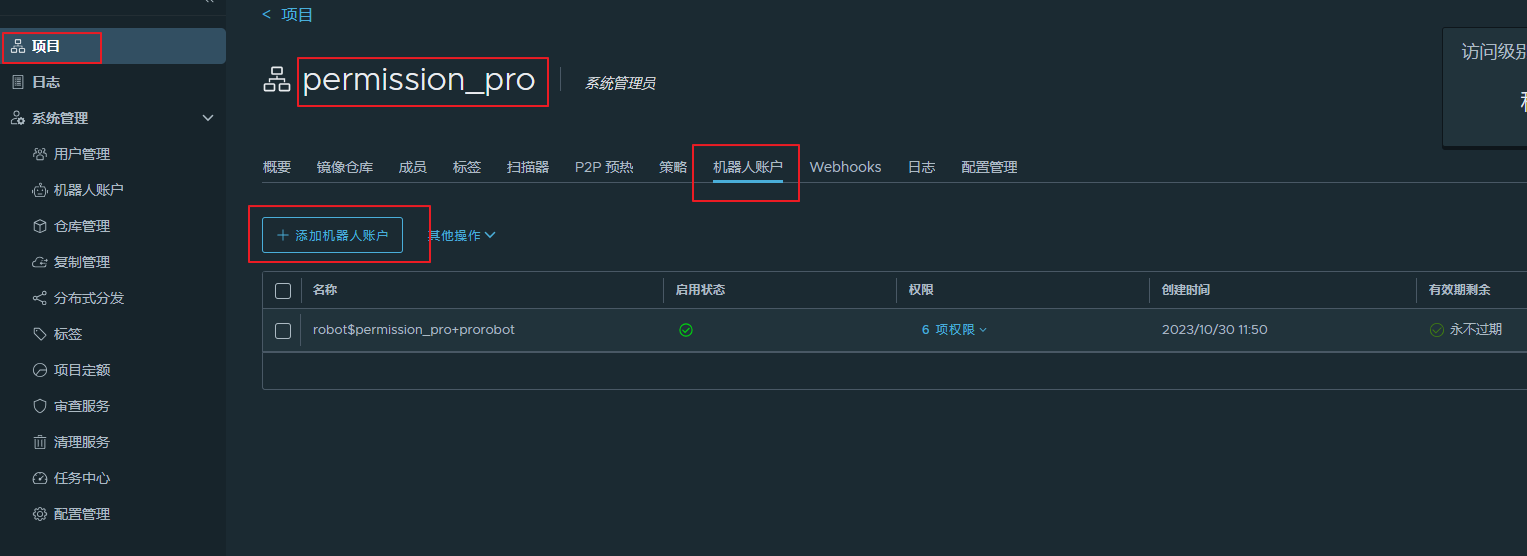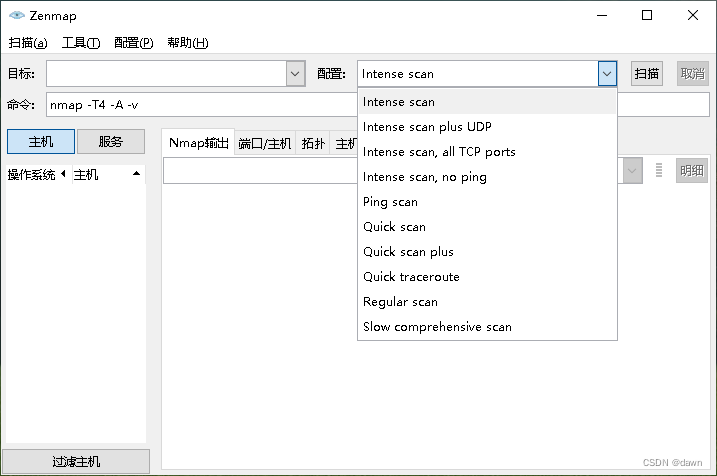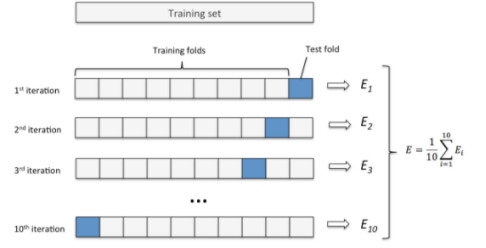
下面我将分别用WebService(SOAP)和RESTful API的例子来说明它们是如何工作的。
1. WebService (SOAP) 示例:
假设有一个在线计算器服务,它提供了一个加法操作的SOAP WebService。
SOAP请求(客户端到服务器):
<soapenv:Envelope xmlns:soapenv="http://schemas.xmlsoap.org/soap/envelope/"
xmlns:web="http://www.example.com/webservice">
<soapenv:Header/>
<soapenv:Body>
<web:Add>
<web:number1>5</web:number1>
<web:number2>3</web:number2>
</web:Add>
</soapenv:Body>
</soapenv:Envelope>
在这个例子中,客户端通过发送一个SOAP消息来调用名为Add的远程方法,传递了两个数字5和3作为参数。
SOAP响应(服务器到客户端):
<soapenv:Envelope xmlns:soapenv="http://schemas.xmlsoap.org/soap/envelope/"
xmlns:web="http://www.example.com/webservice">
<soapenv:Header/>
<soapenv:Body>
<web:AddResponse>
<web:result>8</web:result>
</web:AddResponse>
</soapenv:Body>
</soapenv:Envelope>
服务端处理完加法操作后,返回了一个包含结果(8)的SOAP消息。
2. RESTful API 示例:
再以一个提供类似功能的在线计算器服务为例,但这次是通过RESTful API来实现。
RESTful请求(客户端到服务器):
GET /add?number1=5&number2=3 HTTP/1.1
Host: api.example.com
在这个例子中,客户端发送了一个HTTP GET请求,通过查询参数传递了两个数字5和3。
RESTful响应(服务器到客户端):
HTTP/1.1 200 OK
Content-Type: application/json
{"result": 8}
服务端处理完加法操作后,返回了一个HTTP 200 OK响应,包含了一个JSON格式的结果。
总结:
在SOAP WebService例子中,客户端和服务端通过交换XML格式的SOAP消息进行通信,请求和响应都遵循SOAP协议的格式。
在RESTful API例子中,客户端通过标准的HTTP方法(在这个例子中是GET)和URL进行通信,传递参数和接收结果都是通过HTTP协议的标准机制(如查询参数、状态码和消息体)完成的。数据通常以JSON格式传输,使其更加简洁和易于解析。
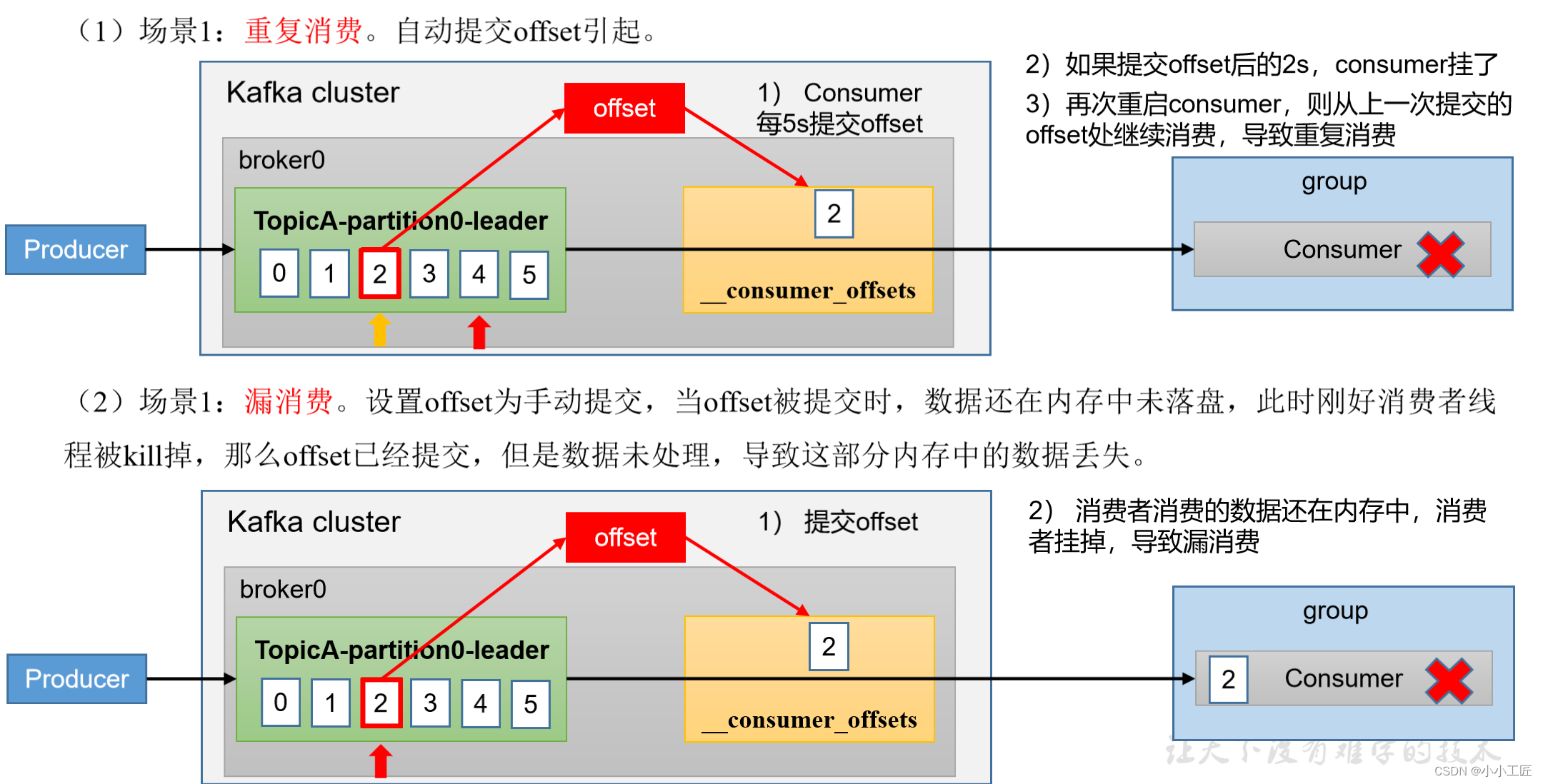
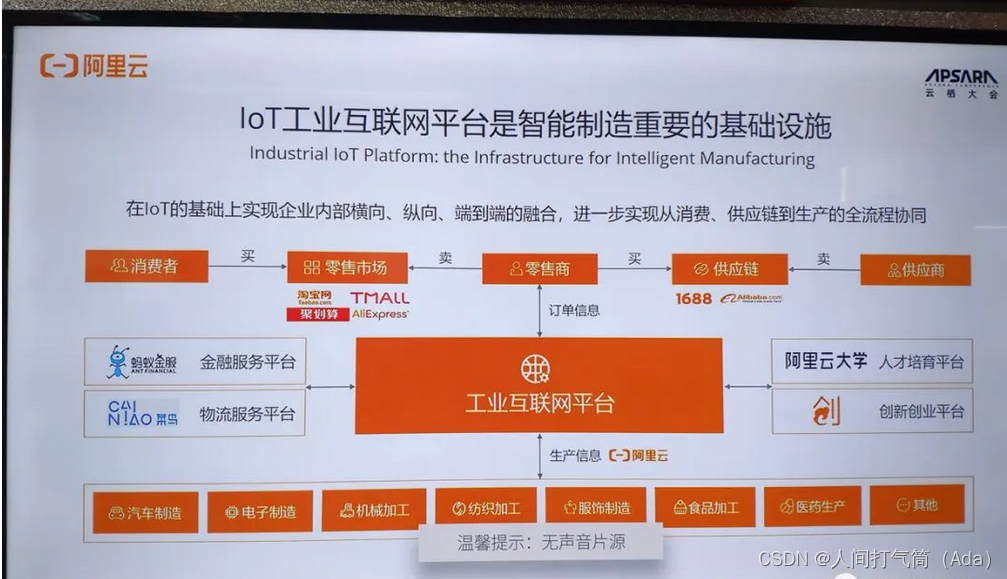
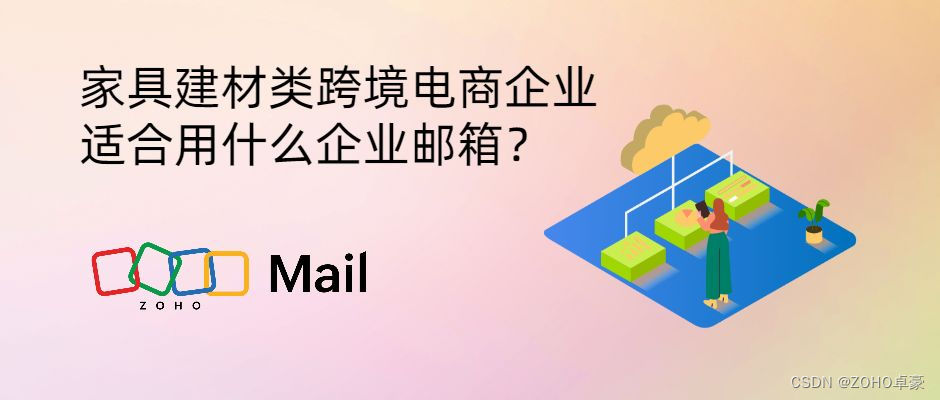
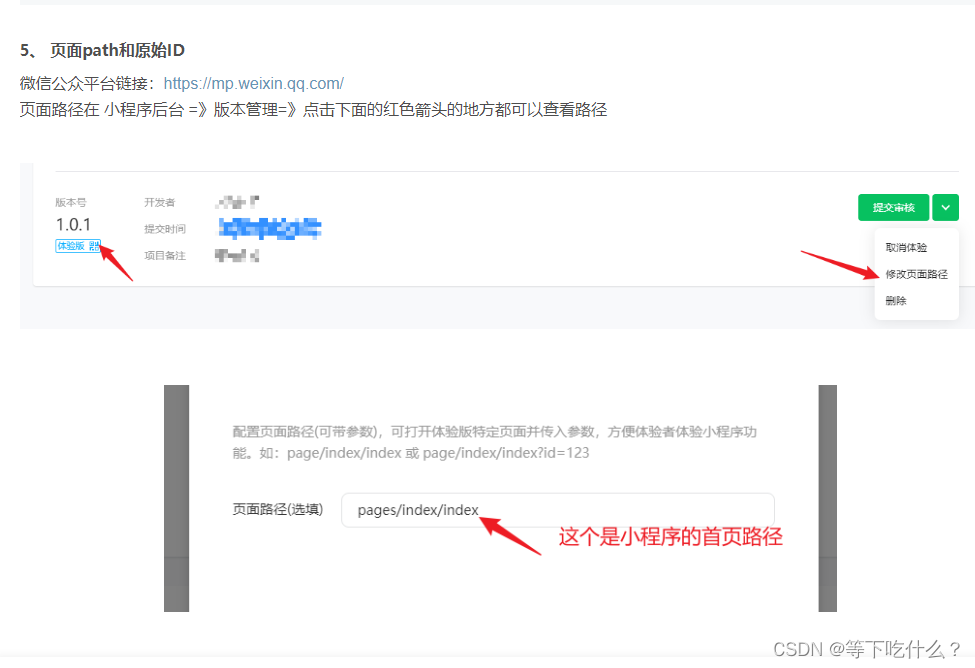
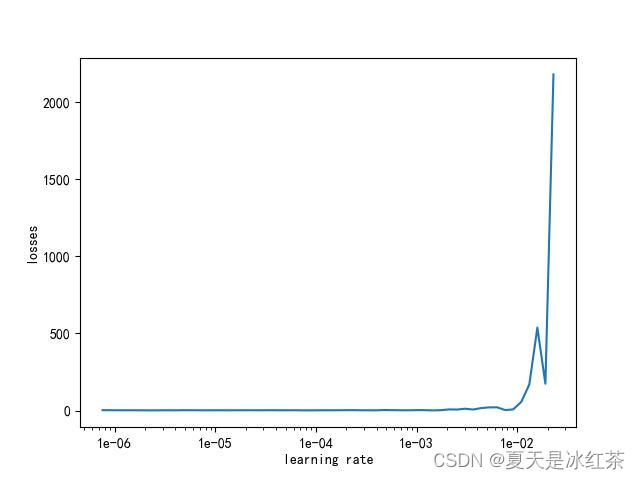

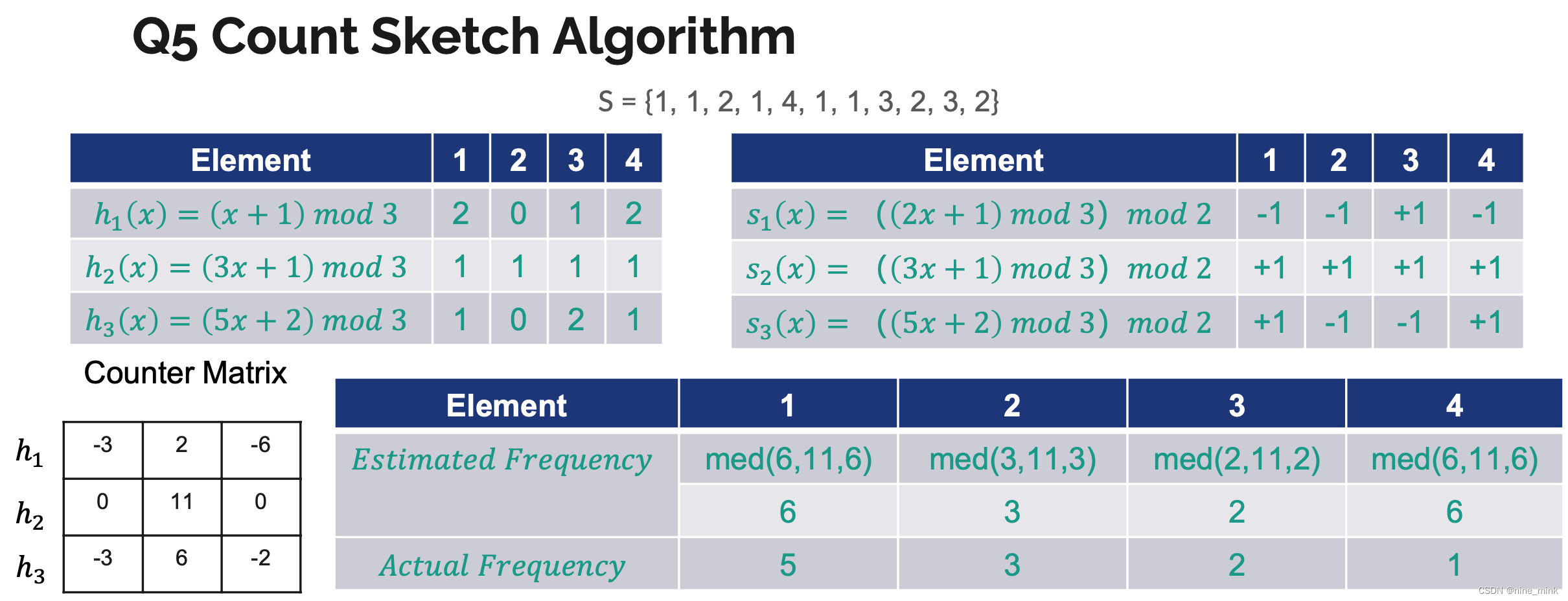

![[双指针] (三) LeetCode LCR 179. 查找总价格为目标值的两个商品 和 15. 三数之和](https://img-blog.csdnimg.cn/img_convert/a68be9eda0c5cd735110277576ef3769.png)




